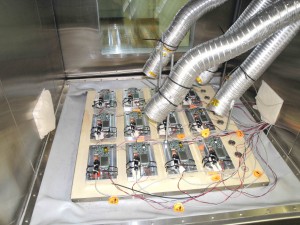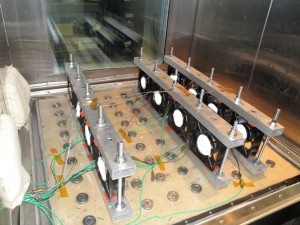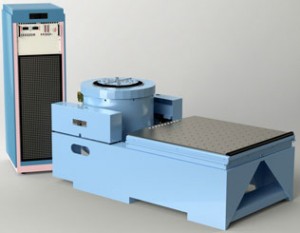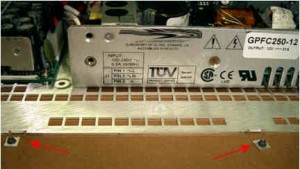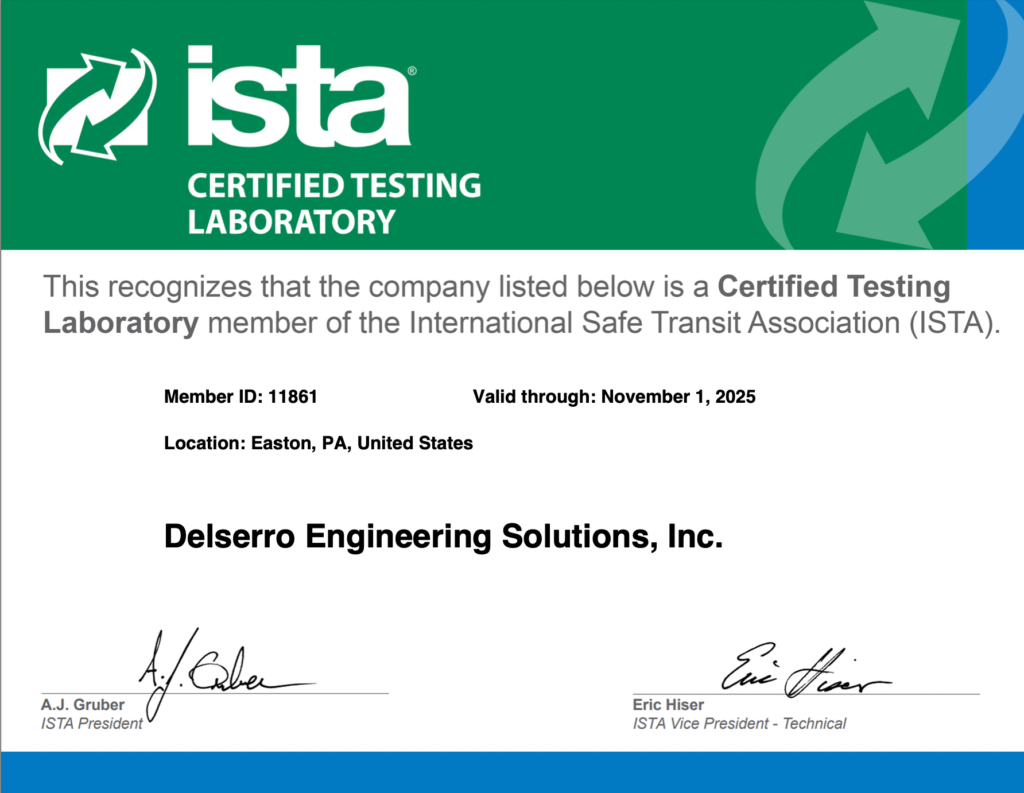
At Delserro Engineering Solutions (DES), our commitment to ensuring the highest standards of product reliability has reached new heights with our recent achievement: ISTA® certification. We are thrilled to announce that DES has been certified by the prestigious International Safe Transit Association (ISTA) as a qualified Transport Testing Laboratory. This certification is not merely a recognition; it is a testament to our unwavering dedication to excellence and precision in product testing.
Certification by ISTA ensures that a testing laboratory possesses not only the proper equipment but also the advanced capabilities required to conduct ISTA package performance testing. ISTA testing, with its focus on subjecting shipping containers to a series of rigorous hazards including shock, vibration, and various environmental conditions, mirrors the challenges products face throughout their distribution cycle. Achieving this certification demonstrates DES’s commitment to comprehensive testing methodologies, evaluating the robustness of products under real-world shipping conditions.
Secure your competitive advantage with DES’s ISTA-certified testing and watch your market trust and product integrity flourish.
ISTA Certification: Demonstrating Our Commitment to Quality Assurance
The achievement of ISTA certification is an unequivocal message to our clients and partners. It underscores our commitment to comprehensive testing methodologies that ensure the robustness of products under real-world shipping conditions. It reassures you that at DES, we do not compromise when it comes to the reliability and quality of your products.
Our dedication to quality does not stop at ISTA certification alone. DES is also accredited to ISO/IEC 17025 by the American Association for Laboratory Accreditation (A2LA). This dual recognition serves as a beacon of our strong technical competence and world-class equipment capabilities. We adhere to the highest industry standards, ensuring that every test conducted in our laboratory is reliable, accurate, and of unparalleled quality.
Our ISTA certification and A2LA accreditation offer our clients a unique advantage – the ability to evaluate both the reliability of their products and the performance of their package design under one roof. DES understands that a product’s journey doesn’t end at its reliability; it extends to its safe and consistent transportation to its final destination.
Your success begins with the right testing partner – choose DES.
Accredited Testing Laboratory: Ensuring Unparalleled Precision
At Delserro Engineering Solutions (DES), our distinction as an accredited testing laboratory goes beyond mere recognition; it embodies our unwavering commitment to ensuring unparalleled precision in every test we conduct. Being an accredited testing laboratory means adhering to the highest industry standards and consistently delivering results that meet the most rigorous quality criteria.
As an accredited testing laboratory, our suite of testing services is both comprehensive and customized to cater to the diverse needs of our clients. Whether it’s Accelerated Product Life Cycle Testing, Custom Test & Measurement, Dynamics Testing, Environmental & Climatic Testing, Package Testing, Production Screening, or Reliability Testing, we can design and implement specialized testing setups that cater to your unique product specifications.
In the competitive landscape of product development, precision matters. It is the key differentiator between products that merely make it to the market and products that dominate the market. At DES, our accreditation as a testing laboratory is your assurance of precision and quality. Partner with us, and let our accredited status enhance your products’ reliability and market success.
Contact DES, where precision meets passion for excellence.
The Essence of Excellence: DES as Your Trusted Testing Laboratory
Delserro Engineering Solutions (DES) is your trusted testing laboratory, dedicated to upholding excellence in product qualification and reliability testing. Our journey in this field spans over three decades, during which we have become a name synonymous with precision, reliability, and unwavering commitment to quality assurance.
Our legacy as a testing laboratory reflects not just our longevity but also the immense expertise we have amassed over the years. We have successfully completed testing projects for esteemed clients including Adidas, Crayola, Medtronic, Rolls Royce, Boeing, Lockheed Martin, and the U.S. Army. This extensive experience allows us to offer insights and expertise that are truly unparalleled in the industry.
Partner with us and experience the difference that our legacy of excellence can make for your products.

